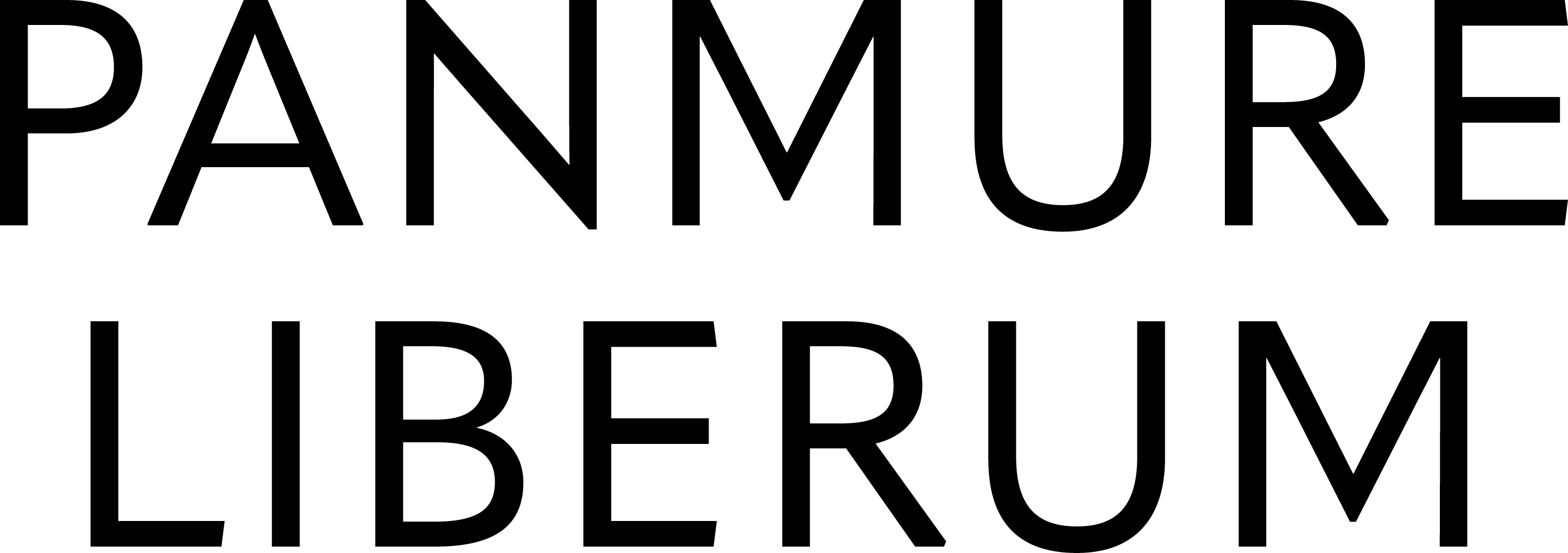This content is only available within our institutional offering.

12 May 2022
First Take: AB InBev - The power of price increases

Sign in
This content is only available to commercial clients. Sign in if you have access or contact support@research-tree.com to set up a commercial account
This content is only available to commercial clients. Sign in if you have access or contact support@research-tree.com to set up a commercial account
First Take: AB InBev - The power of price increases
- Published:
12 May 2022 -
Author:
Alicia Forry, CFA | Anthony Geard -
Pages:
6 -

Sector pricing up to protect margins
We reflect on ABI’s Q1 results in the context of the broader consumer staples universe and note that a sharp acceleration in price inflation (ahead of market expectations) is the dominant theme. It is apparent to us that every consumer staples group is exercising maximum discipline in regard to revenue management in an effort to preserve margins. This includes more frequent price increases, in some cases more than twice a year even in markets which historically experienced price deflation. We remain positive on the long-term prospects for the stock (key reasons: emerging market exposure that drives robust top-line growth, strong momentum in regard to BEES efficiencies, declining leverage, and fixed-rate, long-duration debt profile), and do not anticipate making meaningful changes to our estimates. We forecast FY22E organic sales growth close to 10% (Q1: +11.1%), and that margin recovery will gather momentum in H2 and into FY23E.
Brewers have form with pricing
In the charts on the following pages, we highlight the price/mix component of selected global consumer staples names that we follow (where disclosure allows) and show that an index of quarterly price/mix improvements reached a multi-decade high in Q1 of 2022.
Our brewer index (average of ABI and Heineken) reflects a 10-year organic sales CAGR of 4.1% (ABI: 5.1% and Heineken: 3.1%). If we stretch this back 15 years, the growth rate rises to 5%. However, average volume growth through this period has been between 0% and 1%, meaning that the heavy lifting has been done by price/mix improvements. If anything, this phenomenon will be amplified this year and next.
In the consumer staples context, pricing is being led by LatAm in the emerging markets context and by the US in the developed markets context. Overall sales growth rates are rising faster in emerging markets vs developed markets, led by the acceleration in inflation.





